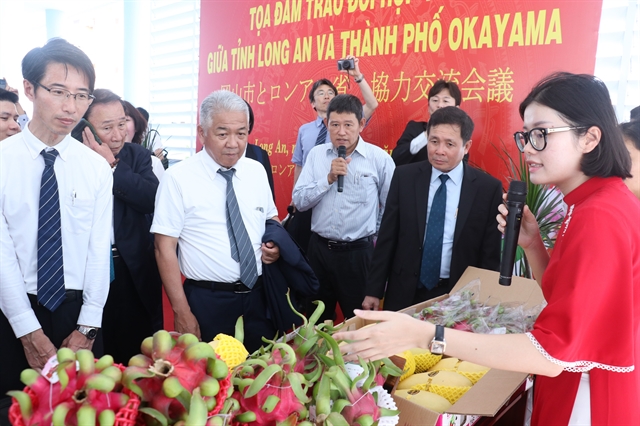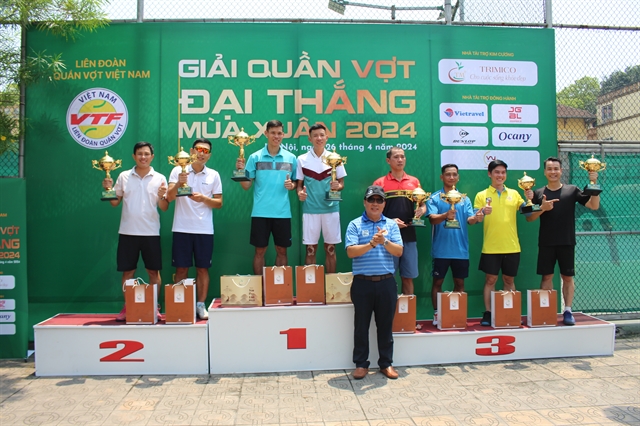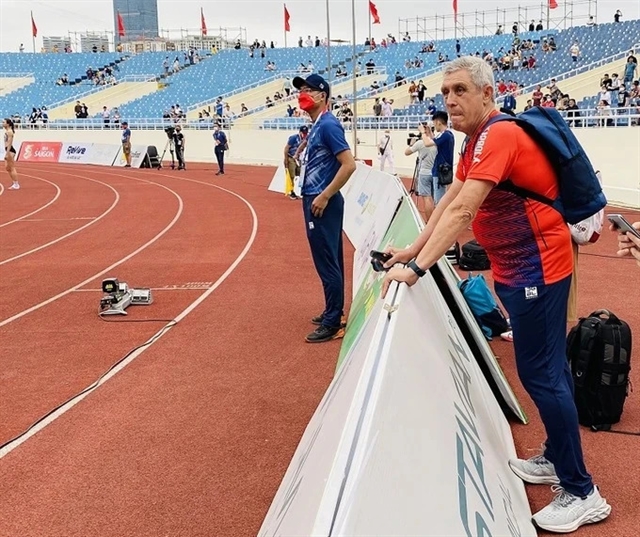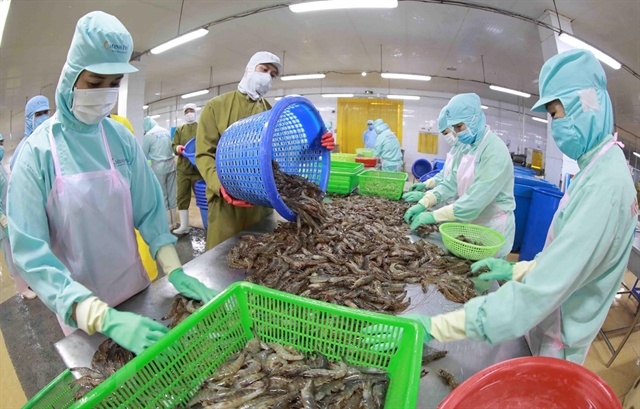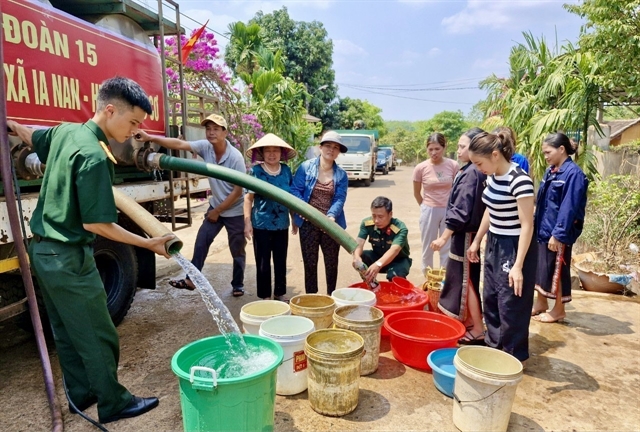 Environment
Environment

People living alongside Nhuệ and Đáy rivers in Hà Nội and Hà Nam Province have been suffering severe water pollution for years. But the situation has not yet been solved. Kinh Tế & Đô Thị (Economy & Urban Affairs) talked with Hoàng Văn Thức, vice director of Việt Nam Environment Administration (Ministry of Natural Resources and Environment) about the issues.
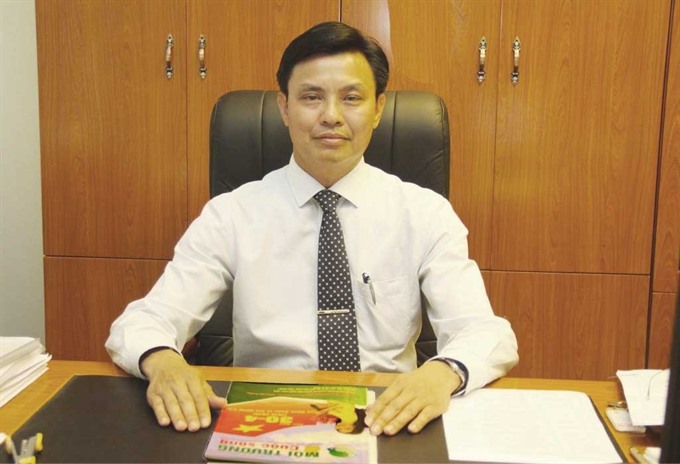 |
| Hoàng Văn Thức. — Photo moitruong.net |
People living alongside Nhuệ and Đáy rivers in Hà Nội and Hà Nam Province have been suffering severe water pollution for years. But the situation has not yet been solved. Kinh Tế & Đô Thị (Economy & Urban Affairs) talked with Hoàng Văn Thức, vice director of Việt Nam Environment Administration (Ministry of Natural Resources and Environment) about the issues.
How do you evaluate environment pollution in Nhuệ and Đáy rivers at present?
The areas of Nhuệ and Đáy River basins are the places of highest population density of the country. The rivers have suffered over the years from waste disposed of by millions of people.
Production development, more businesses and industrial zones have made the pollution worse over time.
Environmental reports on Nhuệ River showed the water quality in Hà Nội’s Liên Mạc gate of water flowing from Hồng River to Nhuệ River was good. But in the section from Nhuệ River’s gate to Hà Đông District – about 18km – the river had been the outlet for wastewater from people and craft villages which contained substances of Nitrite and N-NH3. Notably, the substances were exceeding the standard levels.
Also, Nhuệ River had to bear more wastewater flowing from inner city’s Tô Lịch and Kim Ngưu rivers at Thanh Liệt gate, badly affecting river pollution.
What about the pollution situation of the rivers in Hà Nam Province?
The good news is on the section from Cống Thần to Phủ Lý District, the water of Nhuệ and Đáy rivers were better due to less waste.
But Châu Giang River – a branch of Nhuệ River linking to Hồng River – has been suffering severe pollution due to discharge from industrial zones. The pollution had recently caused a mass death of fish in the river.
What did the Ministry of Natural Resources and Environment ask the local governments of Hà Nội and Hà Nam Province to do to deal with the situation?
The ministry and people’s committees of Hà Nội and Hà Nam Province, and other relevant offices evaluated the situation and defined causes of pollution to find solutions.
Hà Nội and Hà Nam Province authorities agreed with the ministry’s measures of halting pollution on Nhuệ and Châu Giang rivers for people’s daily lives and production activities until the water quality is improved.
Environment departments of the city and province have kept monitoring the rivers’ water quality so as to inform the local people, organisations and production entities on time.
River water monitoring will be further enhanced in Tô Lịch and Nhuệ rivers, and Nhuệ-Châu Giang rivers from Cống Thần to Đập Phúc Bridge and Lý Nhân, and the section flowing to Hồng River.
Wastewater discharge by industrial zones, craft villages and other production workshops will be tightly inspected and controlled. Anyone caught violating will face heavy fines.
Projects of wastewater treatment, dredging and upgrading irrigation works on Nhuệ and Đáy rivers have also been asked to be prioritised.
The current project includes Liên Mạc Irrigation Work Building under build and transfer (BT) model, Yên Xá Waste Water Treatment Mill, and infrastructure works on Nhuệ River’s corridor.
What are the key tasks to protect river basins?
The ministry has defined two key contents.
First, sources of wastewater being discharged into rivers must be tightly controlled. It is because all activities of people’s lives and production alongside rivers directly affect river water quality. Therefore, to maintain the water quality of rivers and prevent pollution, the ministry will further tighten management of production activities.
Second, the ministry will call on investors to take part in projects of river water quality improvement, urban wastewater treatment, water drainage, dredging polluted canals and rivers, and building systems of solid and medical waste treatment.
At present, the ministry had proposed to the Prime Minister to take water from Hồng River as supplement to Nhuệ and Đáy rivers so as to ensure water for irrigation and improve the water quality of both rivers. — VNS

